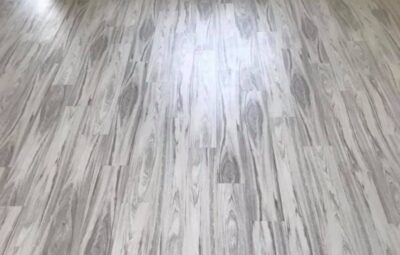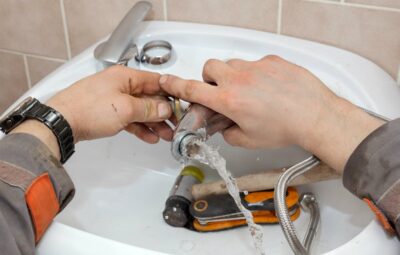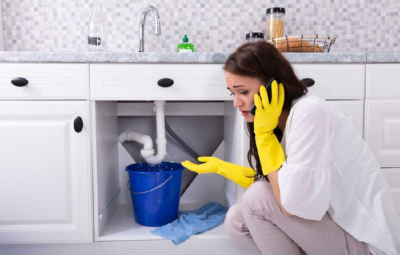Despite quartz countertops’ reputation for robustness and longevity, even the hardest surfaces will see some degree of wear and tear over time. Protecting your quartz worktops from everyday wear and tear is as easy as understanding what to do in the event of a little chip, surface scrape, or obstinate stain.
Quartz Composition: A Comprehensive Overview
Knowing what goes into quartz worktops is essential before getting into the repair methods. The mixture of natural quartz crystals with synthetic resins, polymers, and colors creates these manufactured surfaces. The finished product is a material that maintains its durability over time and is resistant to extreme heat, scratches, and stains. The specific composition of quartz affects the appropriate procedures for repairing it.
Fixing Surface Roughness:
1. Wash the surface.
A gentle dish soap and a moist, delicate cloth can clean the damaged area. Make sure there is no dirt or debris on the surface.
2. Sand the Mark
Gently sand the scratched area using fine-grit sandpaper (300-600 grit). Apply gentle pressure while moving steadily as you sand toward the scratch.
3. Clean once more.
After sanding, use a moist, gentle cloth to wipe off the area. Check that the area is completely dry before continuing.
4. Give the Surface a Polish
Spot the damaged area with a dab of fine polishing compound. To remove the scratch, use a polishing pad or a delicate cloth to buff the surface in circular motions.
Fixing Minor Abrasions:
1. Tidy Up
Wipe the damaged area using a gentle dishwashing soap and a delicate cloth. Make sure the surface is totally dry before moving forward.
2. Using Epoxy Resin
Follow the manufacturer’s directions to mix a little transparent epoxy resin. Scrubbing the damaged area with a spatula or plastic putty knife can help spread the resin. Make sure the resin is flush with the ground.
3. Cover and Cure
Use plastic wrap to shield the repaired area from any potential dust or particles that might settle on the wet resin. Give the epoxy resin the time to cure as specified on the packaging.
4. Polish and sand.
After the epoxy glue has dried, use fine-grit sandpaper to gently remove defects from the repaired area. After that, use a polishing chemical to bring back the sheen.
Finding the Source of the Stain
1. Removing It.
Before you buy any cleaning products, you must determine what kind of stain it is. Stains that are based on oil, ink, or wine are common.
2. Use rubbing alcohol or quartz cleaner.
To remove common stains, you can use rubbing alcohol or a quartz cleaner. Scrub the soiled region carefully in a circular motion after applying the cleaning to a gentle cloth or sponge.
3. Rinse and Pat Dry
After rinsing the area with water and patting it dry, any residue that may still be present will be removed. You may need to repeat the steps to remove stubborn stains until the spot is removed.
Explore a spectrum of colors for your Quartz Worktops and Point them here to find the ideal match for your kitchen’s unique color palette.
Conclusion
You can fix small scratches on your quartz countertops with little effort and the correct equipment. Whenever you detect a scratch, chip, or stain, take these steps to keep your quartz surfaces looking good and working correctly. Preventative maintenance, quick cleaning, and maintenance will extend the life of your quartz countertops.







